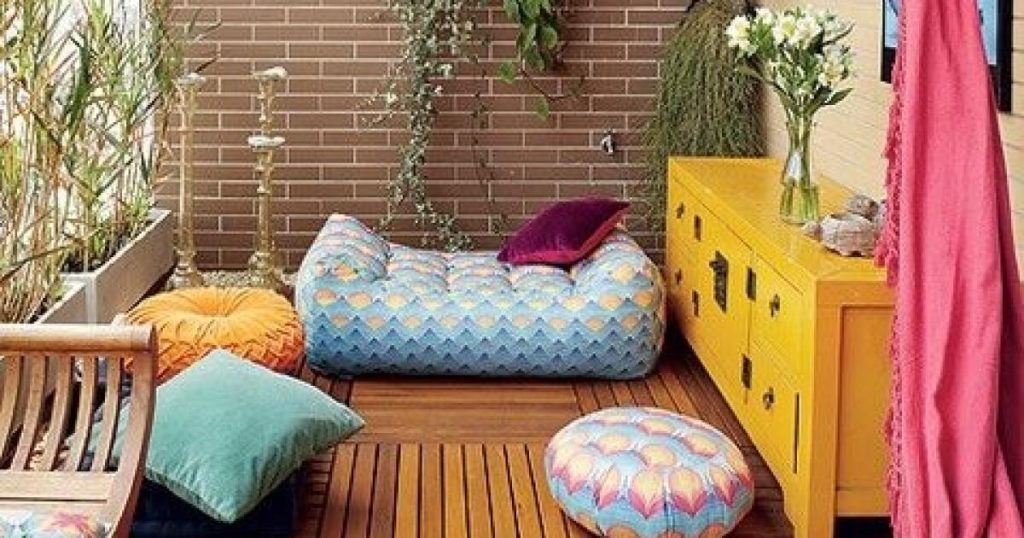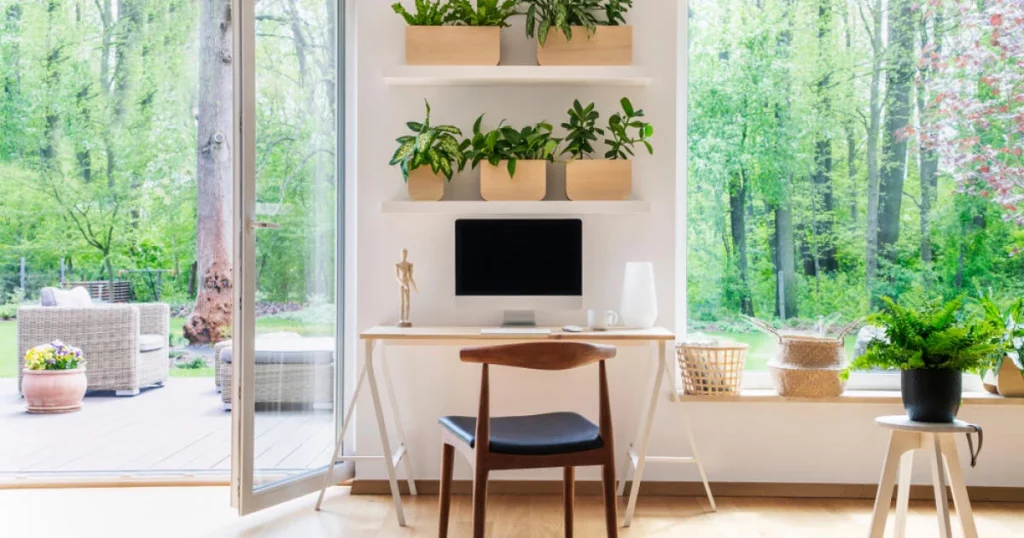
In today’s fast-paced world, a peaceful and serene environment at home is essential relaxation and well-being. A Zen space is a tranquil retreat that promotes calmness, mindfulness, and inner harmony. By incorporating elements of Zen philosophy and design principles into your living space, you can cultivate a sanctuary that nurtures peace and balance. In this article, we will explore practical tips and ideas on how to create a Zen space at home that inspires tranquility and mindfulness.
1. Declutter and Simplify:
The first step in creating a Zen space is to declutter and simplify your surroundings. Clear out unnecessary items, organize belongings, and create a sense of spaciousness in your home. Minimalism is a key aspect of Zen design, focusing on clean lines, uncluttered spaces, and a sense of openness that allows for free flow of energy and promotes a calm atmosphere.
2. Natural Elements:
Incorporating natural elements such as wood, stone, bamboo, and plants into your decor can evoke a sense of harmony with nature in your Zen space. Introduce indoor plants, rocks, water features, and natural materials to bring a touch of the outdoors inside and create a grounding and peaceful environment that connects you with the natural world.
3. Soft Lighting:
Soft, diffused lighting is essential for creating a soothing ambiance in your Zen space. Opt for warm, gentle lighting sources such as paper lanterns, candles, string lights, or Himalayan salt lamps to create a soft glow that promotes relaxation and a sense of tranquility. Avoid harsh overhead lighting and incorporate multiple light sources for a balanced and calming atmosphere.
4. Mindful Decor:
Choose decor items that have meaning and intention, reflecting your values, experiences, and aspirations. Display items that inspire mindfulness, such as meditation cushions, spiritual symbols, inspirational quotes, or artwork that evokes a sense of peace and serenity. Mindful decor encourages reflection, contemplation, and a deeper connection with your inner self in your Zen space.

5. Serene Color Palette:
Select a serene color palette for your Zen space that promotes relaxation and harmony. Soft neutrals, earthy tones, and muted shades such as whites, greys, greens, and blues create a peaceful and calming backdrop for your sanctuary. Colors inspired by nature can evoke a sense of tranquility and balance in your Zen space, enhancing the overall atmosphere of peace and serenity.
6. Meditation and Relaxation Zone:
Designate a meditation and relaxation zone within your Zen space where you can practice mindfulness, meditation, or yoga. Create a comfortable seating area with cushions, mats, and blankets where you can unwind, reflect, and connect with your inner self. Incorporate elements that facilitate relaxation, such as aromatherapy diffusers, calming music, or meditation aids to enhance your Zen experience.
7. Feng Shui Principles:
Utilize Feng Shui principles to harmonize and balance the energy flow in your Zen space. Arrange furniture in a way that promotes optimal flow of chi (life force energy), maintain a clutter-free environment, and incorporate elements of water, wood, fire, earth, and metal to create a harmonious and balanced space. By aligning your Zen space with Feng Shui principles, you can enhance the positive energy and serenity in your home.
8. Tranquil Soundscape:
Integrate tranquil sounds into your Zen space to create a calming and immersive environment. Play soft instrumental music, nature sounds, or meditation tracks to enhance relaxation, focus, and mindfulness. The gentle sounds of flowing water, rustling leaves, or singing bowls can help soothe the mind, reduce stress, and promote a sense of peace and tranquility in your Zen space.
9. Personal Reflection Area:
Designate a personal reflection area in your Zen space where you can journal, read, or engage in quiet contemplation. Create a cozy nook with a comfortable chair, a reading lamp, and a shelf of inspirational books or journals that encourage self-reflection, personal growth, and inner peace. This dedicated space allows you to disconnect from distractions and connect with your inner thoughts and emotions.

10. Daily Mindfulness Practice:
Incorporate a daily mindfulness practice into your routine to fully embrace the Zen space you have created at home. Set aside time each day for meditation, deep breathing exercises, yoga, or simple moments of stillness and presence in your Zen space. By cultivating mindfulness and awareness in your daily life, you can experience the profound benefits of a serene and balanced lifestyle within your peaceful sanctuary.
Conclusion:
Creating a Zen space at home is a transformative journey that invites you to cultivate a sanctuary of peace, mindfulness, and harmony in your living environment. By incorporating elements of simplicity, nature, mindfulness, and tranquility into your decor and design, you can craft a space that nurtures your well-being, calms your mind, and uplifts your spirit. Embrace the essence of Zen philosophy and design principles to craft a sanctuary that resonates with serenity, balance, and inner peace—a timeless retreat that nourishes your soul and envelops you in a sense of tranquility and mindfulness.










